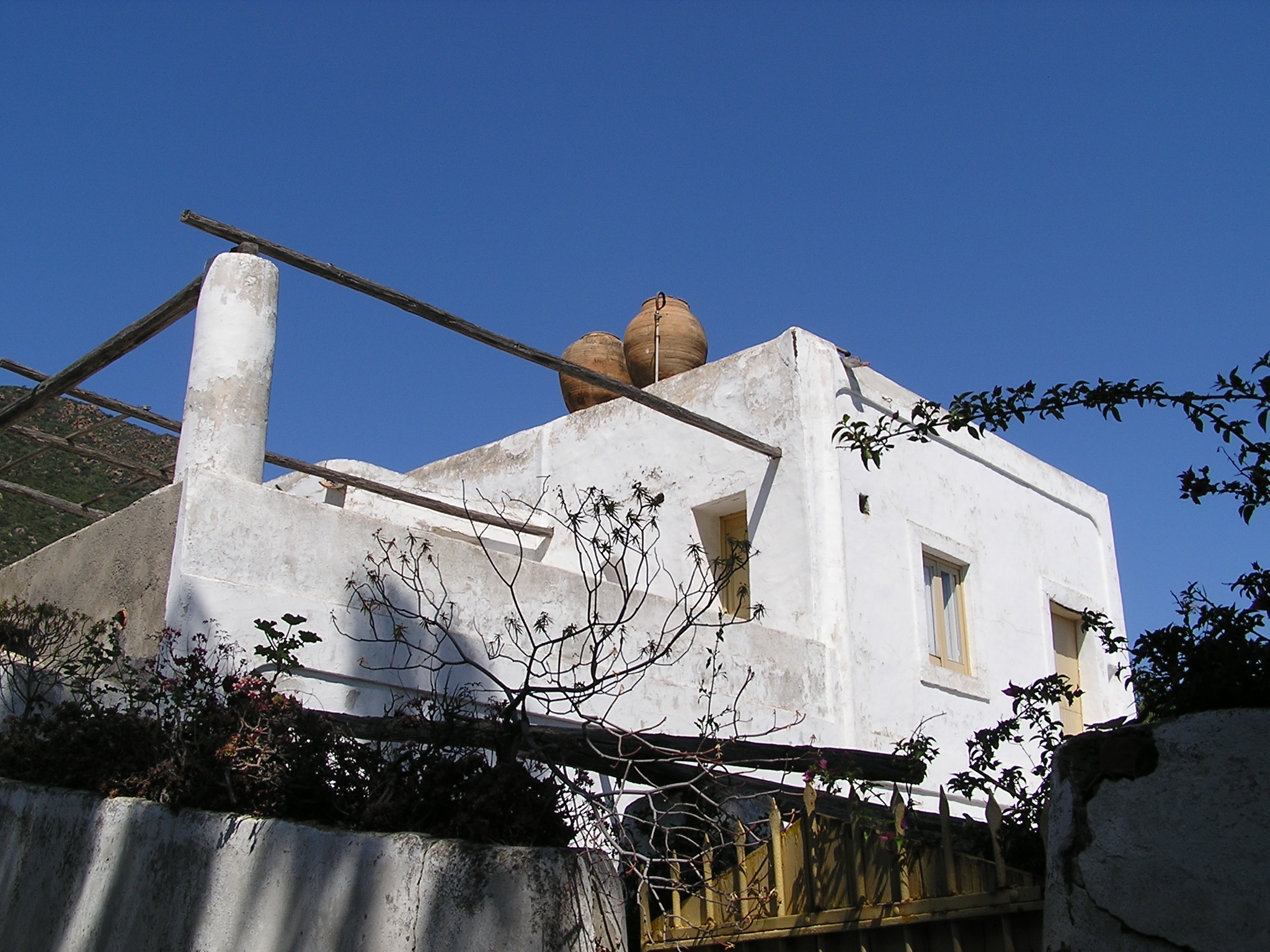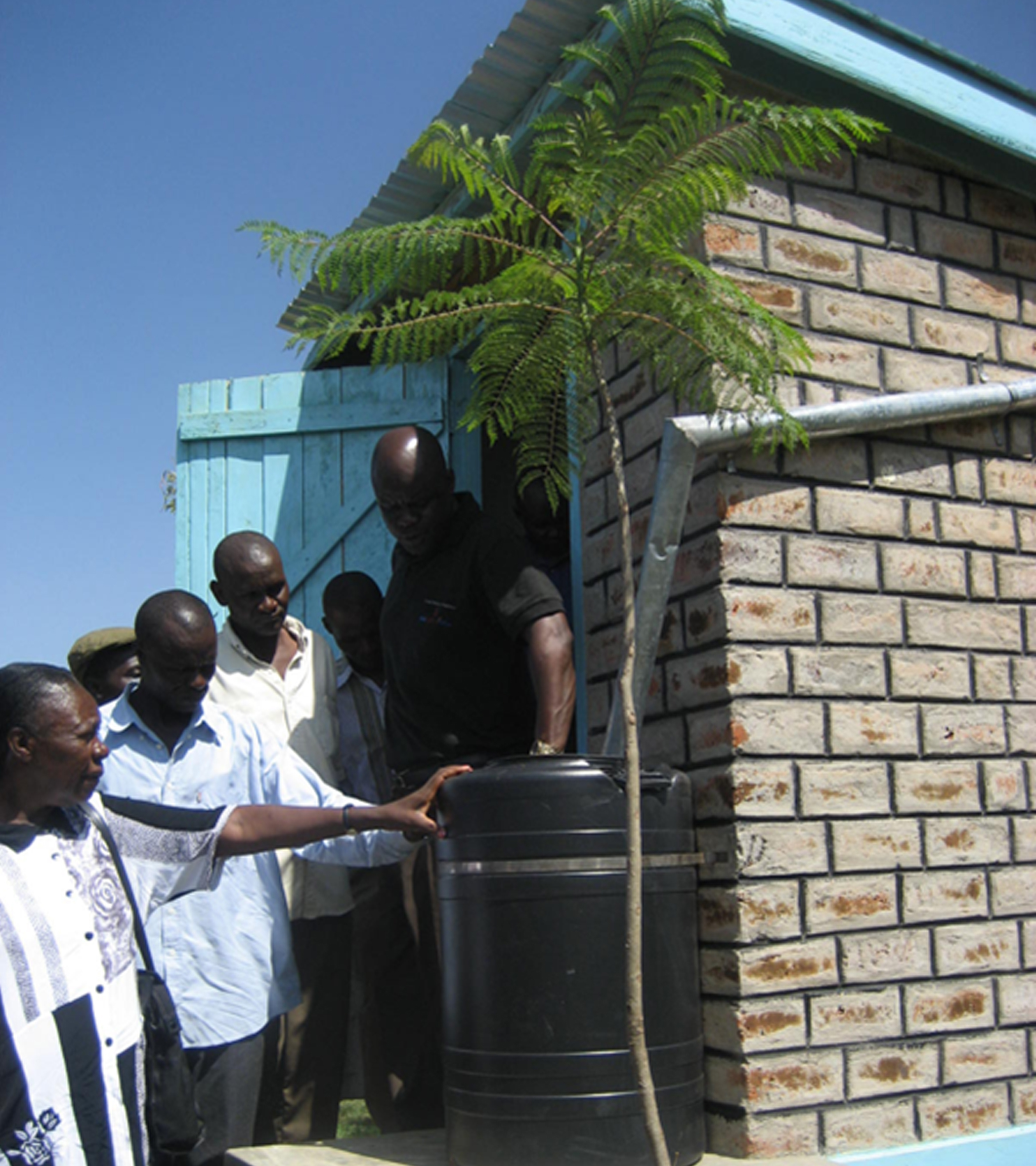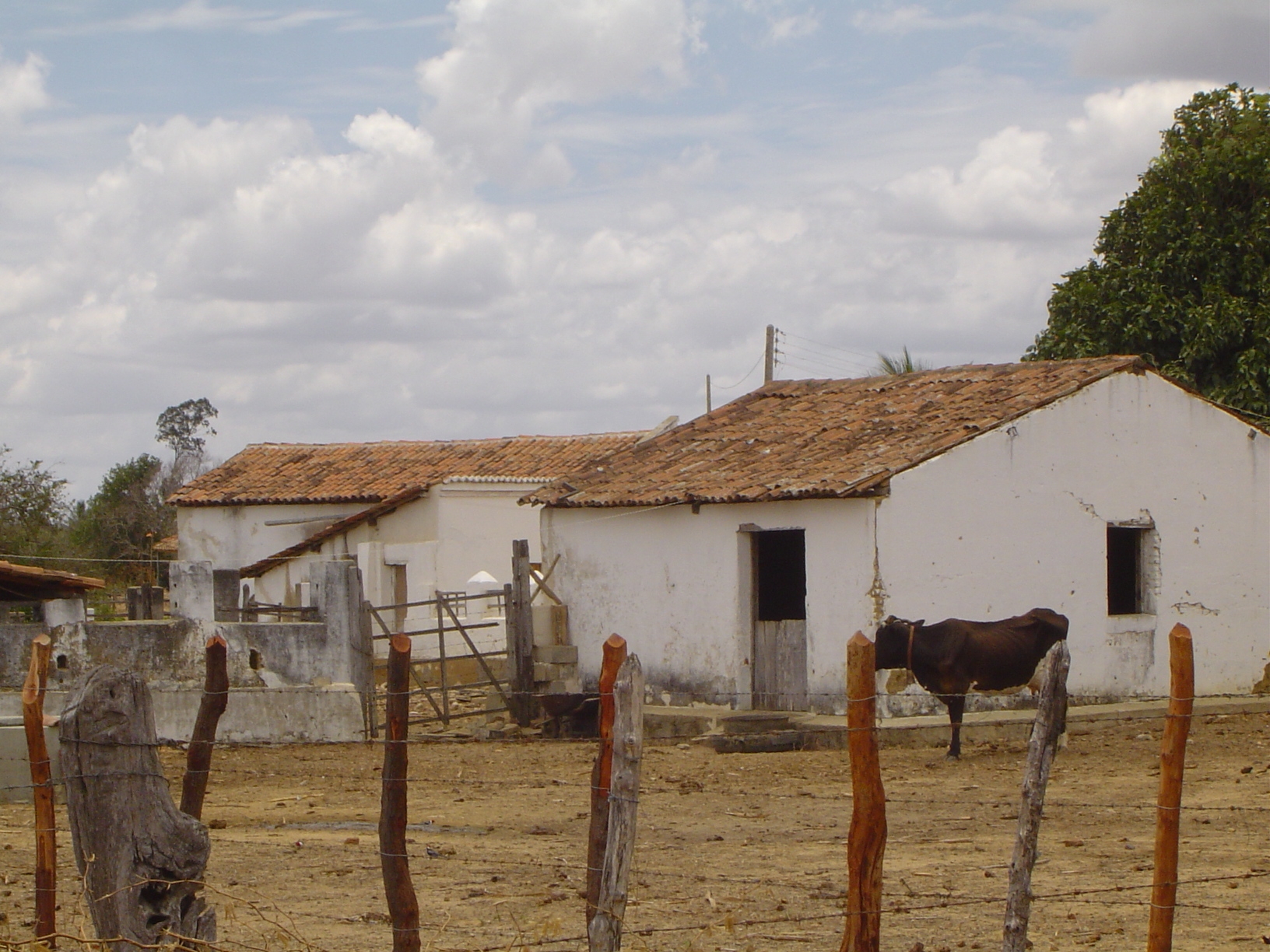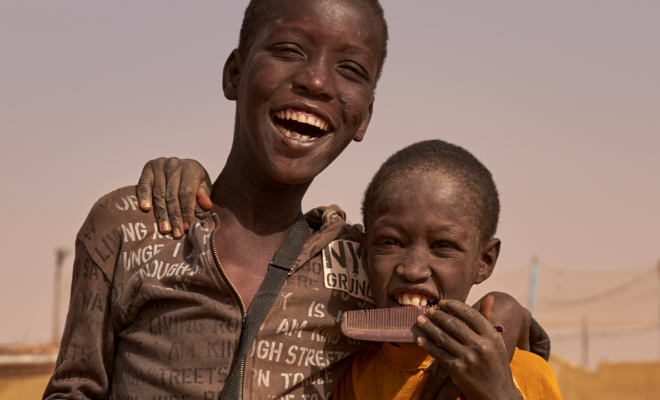Over half of the global population experiences distinct climatic shifts between rainy and dry seasons. Within these regions, the most impoverished communities face growing challenges in managing water scarcity. Regions grappling with these challenges include the Sahel, large parts of India, expanding areas in sub-Saharan Africa, and semi-arid regions of South America. Climate change has disrupted traditional rainfall patterns, leading to more extended periods of drought and more frequent occurrences of shortened or intense rainfall.
In 2022, as reported by the WHO/UNICEF JMP, approximately 703 million individuals continued to lack safe access to water or had to travel more than 30 minutes from their residences to access it. Within these communities, rainwater harvesting emerges as a particularly valuable traditional resource. It can either supplement other water supply options like groundwater extraction or serve as a standalone system ensuring essential access during dry spells.

Basic rooftop rainwater harvesting systems play a crucial role in helping resource-poor communities address water scarcity issues. © Petr Vykoukal
Key Techniques for Agriculture
The construction of small reservoirs is a widely practiced technique. These dams accumulate water during the rainy season, serving multiple purposes such as replenishing aquifers, mitigating overexploitation, managing runoff, and providing farmers with an additional source of income. India exemplifies this practice, where small dams significantly transform the lives of those reliant solely on the monsoon season. If you visit our projects in Ganjikunta and Girigetla, and the more recent ones in Settipalli y D.K.Thanda4, you will see the vital role these community-managed dams play in enhancing the resilience of rural communities, especially in climate-affected regions like South Asia.
Villages and Cities: On-site Collection
On a smaller scale, in urban areas where access to the water supply is limited or disrupted due to droughts impacting traditional wells and springs, direct rainwater harvesting techniques, also called WH (water harvesting) techniques, prove to be simple yet effective. These methods entail gathering runoff from roofs or impermeable ground surfaces and channeling it into designated reservoirs. Historically employed in informal settlements, these techniques are increasingly adopted to address water scarcity and drought challenges, particularly when accompanied by appropriate sanitation measures.

In urban areas where access to the water supply is limited or disrupted due to droughts impacting traditional wells and springs, direct rainwater harvesting techniques, also called WH (water harvesting) techniques, prove to be simple yet effective. © SuSanA Secretariat
We have initiated a project in the Brazilian Sertão to supply drinking water to families in the rural town of Canapi. This initiative utilizes a small-scale rainwater harvesting system, which leverages the roofs of houses to collect water into cisterns. The Sertão, situated in the Semi-Arid Region of northeastern Brazil, falls within the “drought polygon,” characterized by a brief rainy season followed by an extended dry period. Rural communities of farmers and herders primarily inhabit this area.
Climate change is exerting profound socio-economic effects in the region, leading to a notable decline in crop yields and soil degradation caused by desertification and erosion. These factors exacerbate the food insecurity experienced by the region’s inhabitants.
The population of the municipality of Canapi, where the project is situated, faces significant vulnerability characterized by low education and income levels. Moreover, the area suffers from a severe deficiency in water supply infrastructure and essential services. In addition to the limited water resources, the absence of potable water dramatically increases the likelihood of disease proliferation, significantly impacting child malnutrition rates.

The Sertão, situated in the Semi-Arid Region of northeastern Brazil, falls within the “drought polygon,” characterized by a brief rainy season followed by an extended dry period. Rural communities of farmers and herders primarily inhabit this area. © Everythere
The Benefit of Roofs
The project entails installing 30 cisterns, each with a storage capacity of 16,000 liters, to collect rainwater from roofs and rooftops. The objective is to provide families with access to clean water throughout the year, particularly beyond the rainy season (December to March), when their unreliable water sources and wells typically dry up.
The project development actively engages the community from the outset, establishing an efficient and sustainable approach to its implementation.
The initial phase involves mapping out locations for building the cisterns. This process includes analyzing data on household water requirements and evaluating access to construction materials. Engaging the entire community in this activity is a crucial first step in raising awareness about the true extent of their water challenges.
Subsequently, the community also engages in the hydraulic design of the facilities, which encompasses determining the cistern capacity, selecting suitable land areas for construction, and planning water collection and distribution systems. The cisterns are designed as tanks constructed using pre-cast concrete slabs. Typically, they have a cylindrical or rounded shape and are equipped with covers to prevent contamination and minimize water evaporation. To ensure structural integrity, they are buried to a depth of approximately two-thirds of their height.
Central to the system is the utilization of house roofs for water collection, facilitated by zinc or PVC gutters directing the water to pipes leading to the cistern. Attached filters within the system guarantee the potability of the stored water. Families actively participate in installing these components on their roofs, as well as downspouts leading to the ground and connecting them to the pipes.
Training and Ownership, the Keys to Sustainability
Following the construction of the facilities, ensuring the effectiveness of the rainwater harvesting system, particularly during the dry season, becomes paramount. To achieve this, a comprehensive training plan is devised to empower beneficiaries in the ongoing maintenance and upkeep of the components. This includes activities such as system inspection, cleaning, and the identification of typical faults and issues for prompt resolution.
The outcome is complete community ownership of the project. The community understands its challenges and is empowered to maintain the system and manage water usage judiciously. The simplicity of the facilities fosters a spirit of cooperation, thereby fortifying the social fabric—the most valuable resource for navigating crises effectively.





